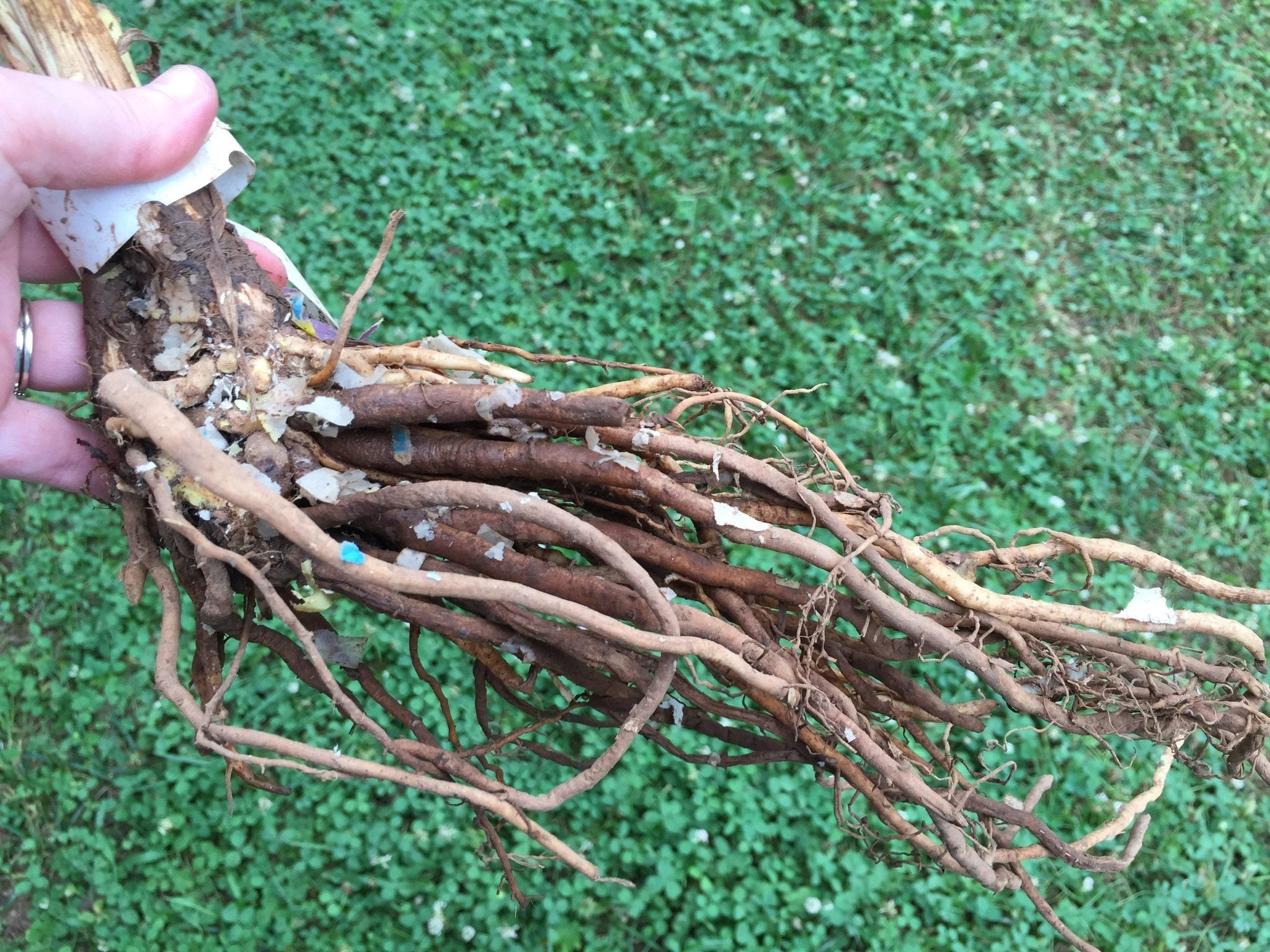Bare Root Planting – How To Plant A Bare Root Plant


At the end of a harsh winter, most gardeners start to feel the itch to dig their hands in loose soil and grow something beautiful. To ease this desire for warm, sunny days and lush green plants, many of us start planning our gardens and perusing online nurseries or plant catalogs. With spring deals and low online prices, it’s easy to fill up your shopping cart. Those who are new to gardening or online shopping may not think to check the product details to see if the plants are shipped in pots or bare root. What are bare root plants? Continue reading for that answer, as well as information on bare root plant care.
About Bare Root Planting
When shopping online, what you see is not always what you get. Online nurseries and plant catalogs display pictures of full, established plants, but in the product or shipping details it will usually state if these plants are shipped bare root or in containers with soil. Low shipping costs usually indicate that the plants are bare root because these are much less expensive to ship. Bare root plants are dormant perennials, shrubs, or trees. These plants are grown in normal nurseries, but then dug up while dormant. They are then prepared and packaged to be shipped directly to the customer or garden centers or stored in refrigerator units until it is time to ship them. They are usually wrapped with sphagnum moss or sawdust around the roots to retain moisture. Bare root plants from reputable nurseries are usually only shipped, depending on the type of plant, in fall, late winter, or early spring when they are expected to be planted upon delivery.
How to Plant a Bare Root Plant
Bare root plants should be planted in cool weather from fall through spring, depending on your hardiness zone and the type of plant. If you receive bare root plants at a time when you cannot plant them in the garden, be sure to keep the roots moist until you can plant them. You can do this by moistening the packaging material or by wrapping the roots in wet paper towel or cloth. Storing the bare root plants in the fridge can also help preserve them until it is time to plant them. Some gardeners may also choose to temporarily plant them in containers until they can safely be planted in the garden. When planting bare roots, it is important to dig the hole before unwrapping the bare roots from whatever moisture retaining material they are in. They should not be exposed to air or allowed to dry out. Dig a hole large enough to accommodate all the roots without bending or breaking any, then mound up soil in the center of the hole in a cone shape. The center of the roots and plant crown will sit on this cone and the roots will hang down the sides. Next, fill an appropriately sized container with water, then gently unwrap the roots and place in the water to soak for an hour or two. Before placing the bare root plant in the hole, trim off any dead roots, but do not trim off any living roots. Then place the plant in the hole so that the plant crown will be just above the soil level. You may have to mound up more soil to achieve this. Spread the roots around and down the cone shaped mound of soil. While holding the plant in place, back fill the hole, lightly tamping down the soil every inch or two (2.5-5 cm.) to keep the roots and plants in place. Note: Bare root trees may need to be staked for the first year to hold them in place. Water the plant well after planting. Bare root plants should leaf out the first season that they are planted.
Gardening tips, videos, info and more delivered right to your inbox!
Sign up for the Gardening Know How newsletter today and receive a free copy of our e-book "How to Grow Delicious Tomatoes".